If you have property that you would like to be preserved, either for conservation or historic purposes, there is nothing so close to a free lunch as the donation of an easement. You may be entitled to a charitable contribution for the value of the easement. That, of course, is the icing on the cake if your primary purpose is the future preservation of the property.
As it turns out, there are numerous people who are quite excited by the icing but have little or no interest in the cake. They would not be interested in making an easement donation were it not for the benefit of the charitable deduction. Their situation is worsened by the fact that many conservation and façade easements ended up being considered to be of little or no value.
Since a valid easement requires some economic outlay and you would just as soon not have it clouding your title if you are not going to get a benefit, it would seem that having some sort of guaranty would be a good idea. The National Architectural Trust understood that, which is why it gave Lawrence and Lorna Graev a side letter indicating that if their deduction was disallowed in part, there would be a proportionate reduction in their required cash contribution and if no deduction were allowed, the easement would be removed. Ironically, the Tax Court ruled that the side letter was self-defeating.
Cash Contribution?
In order for a conservation or façade easement to be meaningful, it has to be donated to an organization with both the incentive and the capacity to enforce the easement. That requires the organization to spend money. National Architectural Trust required a cash contribution in the amount of 10% of the value of the easement.
Why Are Some Easements Of Little Or No Value?
When you make a charitable contribution of property, there is always going to be a valuation issue of greater or lesser difficulty. Marketable securities are easy. Rare artwork is so hard that there is a special advisory panel. To keep it fair, they don’t tell the panel whether it is the IRS or the taxpayer that is rooting for a higher value (In estate and gift cases the IRS wants the higher value. With charitable contributions, the taxpayer.) Easements are especially difficult because you are not really giving away something that you have. You are keeping what you have. What you are giving away is the right to turn what you have into something else.
The question is what is the highest and best use of the property. Lovers of the earth and our architectural heritage will be sorry to hear that “highest and best use” means whatever it is that will yield the owner the best economic return. You subtract from the “highest and best use valuation” the value of the property in its current use. The difference is the value of the easement. In determining the highest and best use, you have to consider existing restrictions. That is what has been fatal in several cases about façade easements in historic districts in New York City. If you got a notion to convert your historic façade to a Mcdonald’s, there are already enough restrictions in place to prevent you from doing that. An easement might not even be the icing on the cake. It is more like me renouncing my superpowers.
The Guaranty
On September 24, 2004 NAT sent the side letter to Mr. Graev. The side letter read in pertinent part:
1. In the event the IRS challenges the appraisal of your facade conservation easement and the tax deductions derived therefrom are reduced as a result, we will make a proportionate reduction to your cash endowment contribution and promptly refund the difference to you.
2. In the event the IRS disallows the tax deductions in their entirety, we will promptly refund your entire cash endowment contribution and join with you to immediately remove the facade conservation easement from the property’s title.
The Problem With the Guaranty
The problem with the guaranty is that it makes the contribution contingent.
The side letter provides that the occurrence that would defeat NAT’s interest in the easement and cash is the IRS’s successful disallowance of the Graevs’ charitable contribution deductions and NAT’s consequent promised “removal” of the easement and return of the cash. We hold that at the date of the contribution the possibility that the IRS would disallow the deductions and that NAT would return the cash to Mr. Graev and “remove” the easement was not “so remote as to be negligible”.
The Bottom Line
I think that conservation and façade easements are a great idea, but only if you have a sincere desire to help protect your property from being changed. The cases over the last few years show that they are probably overrated as a freebie tax deduction, which I am afraid they have often been presented as.
You can follow me on twitter @peterreillycpa.

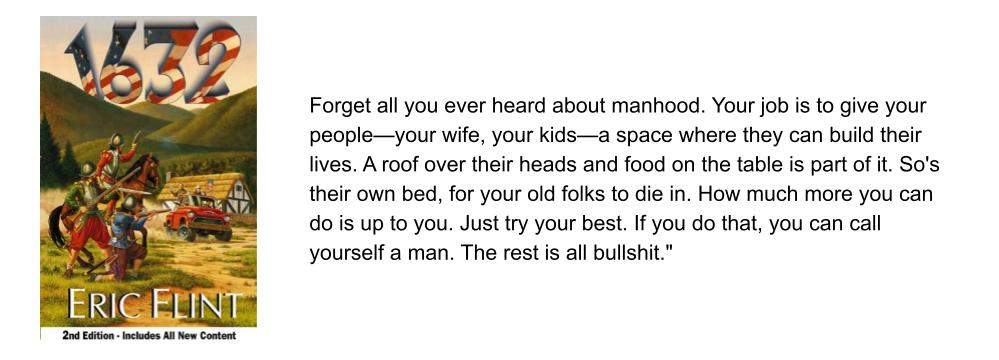
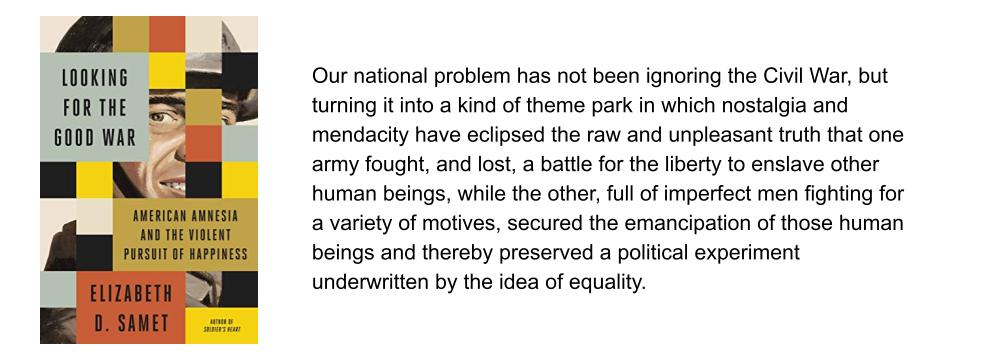
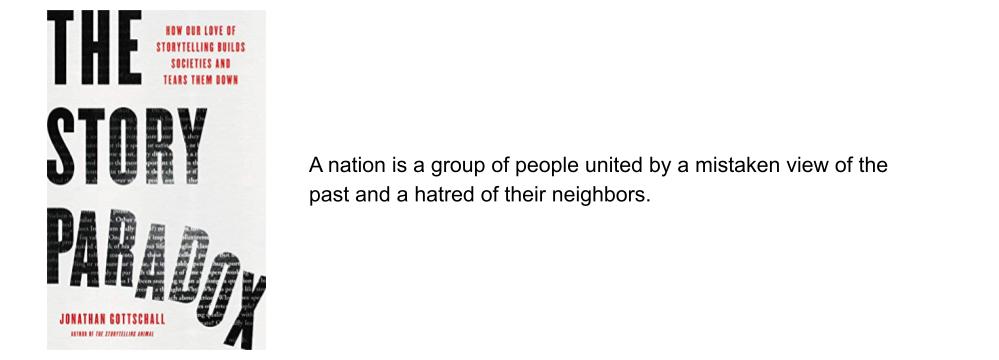
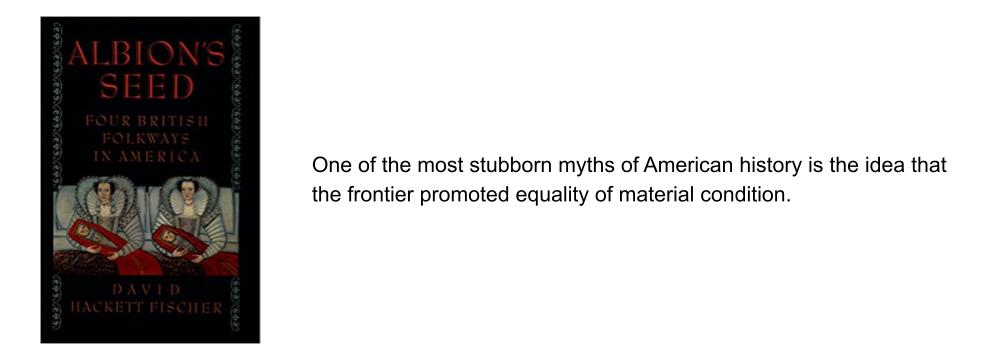
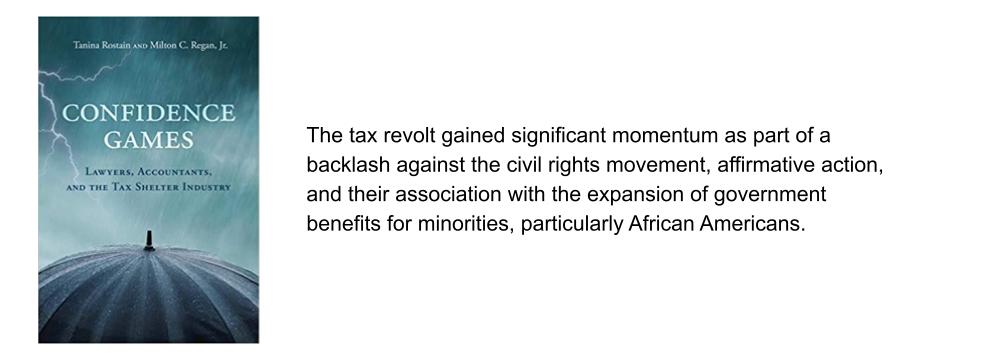
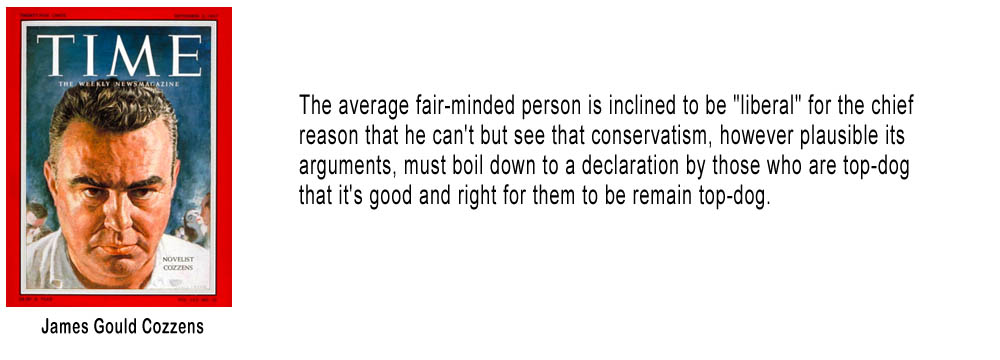
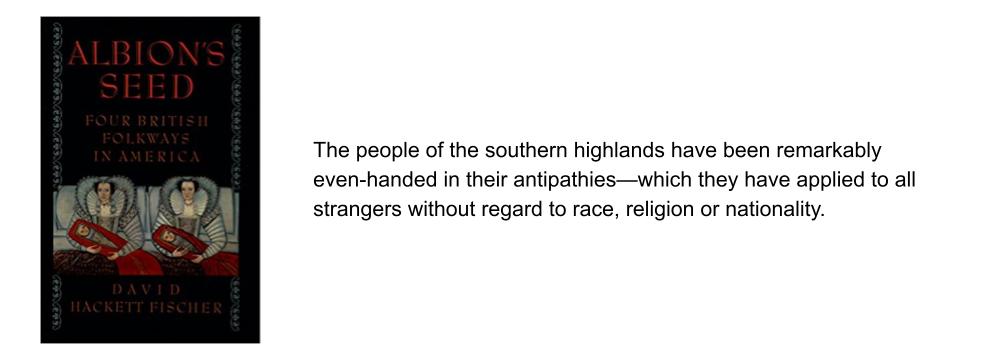
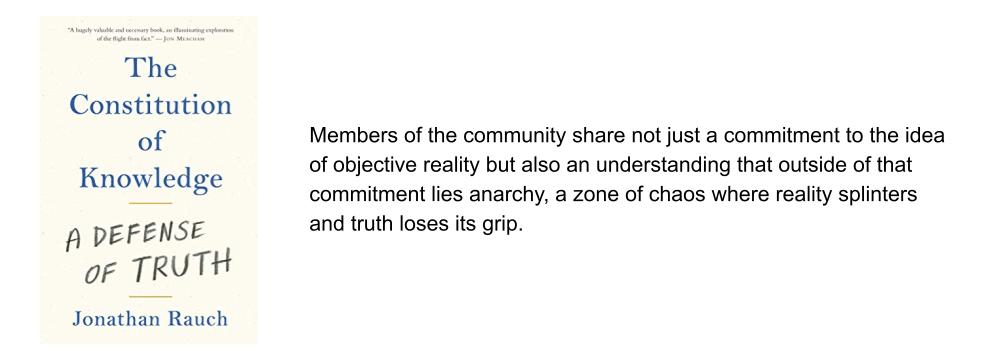
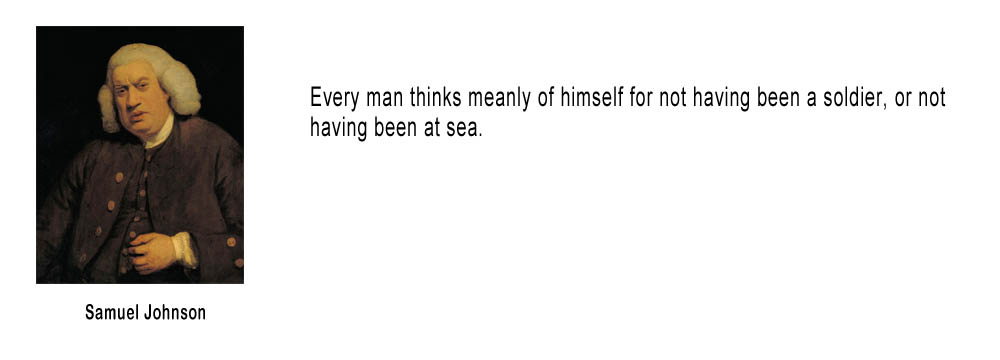
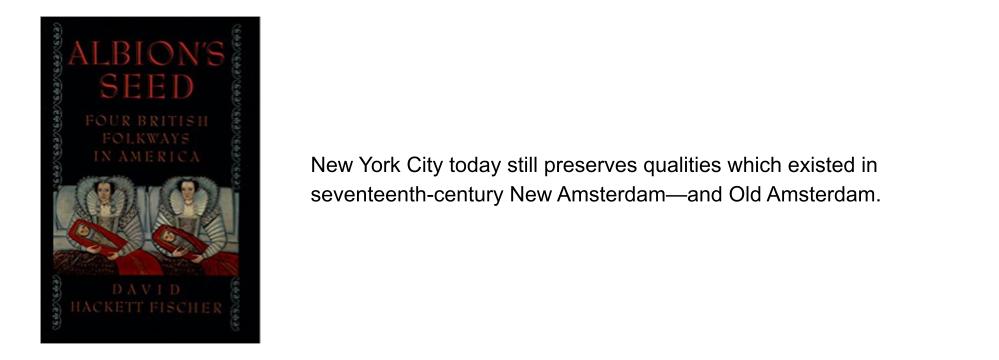
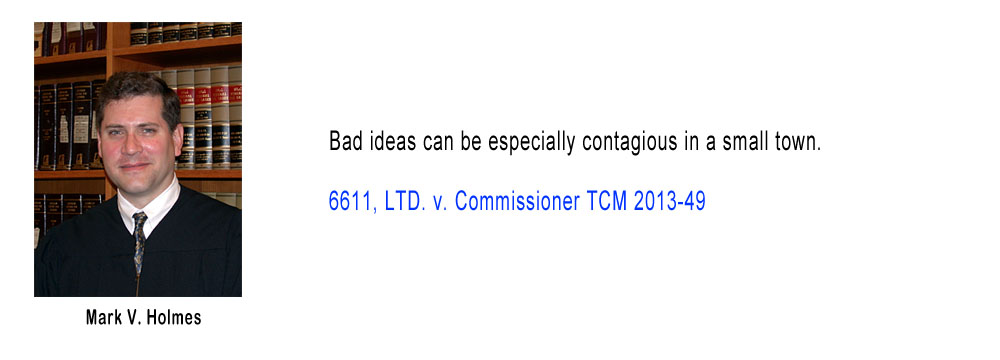
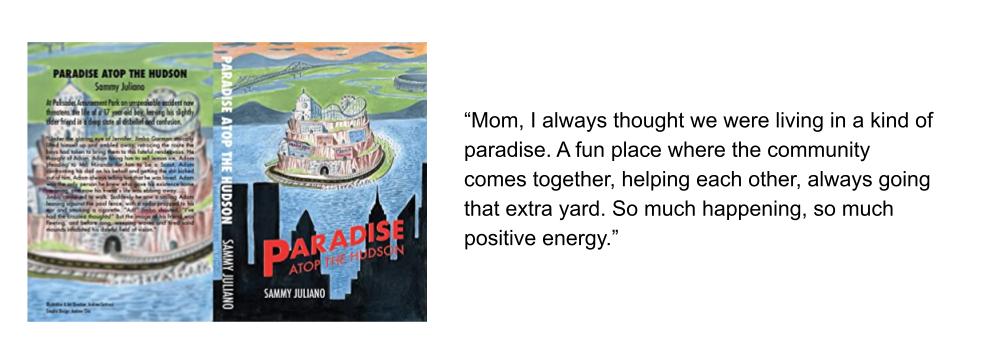
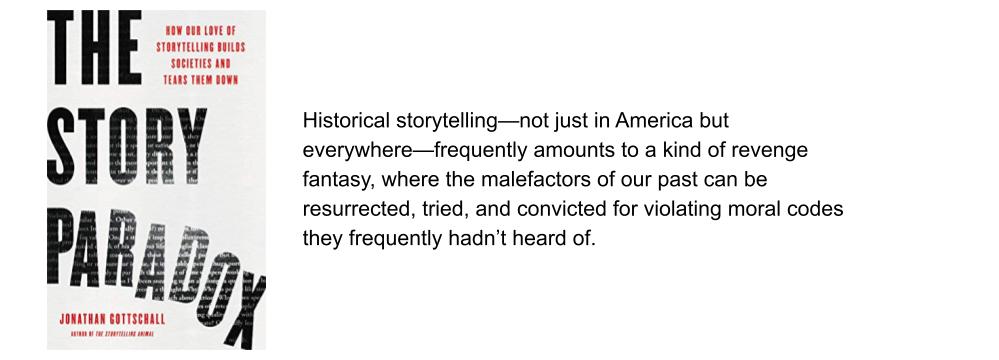
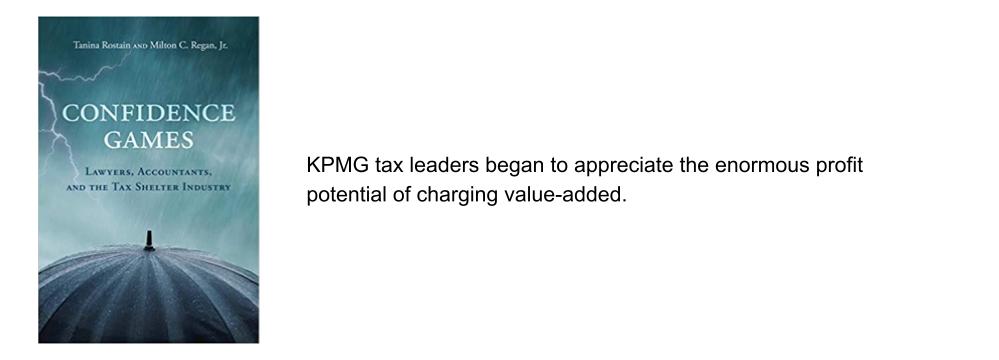
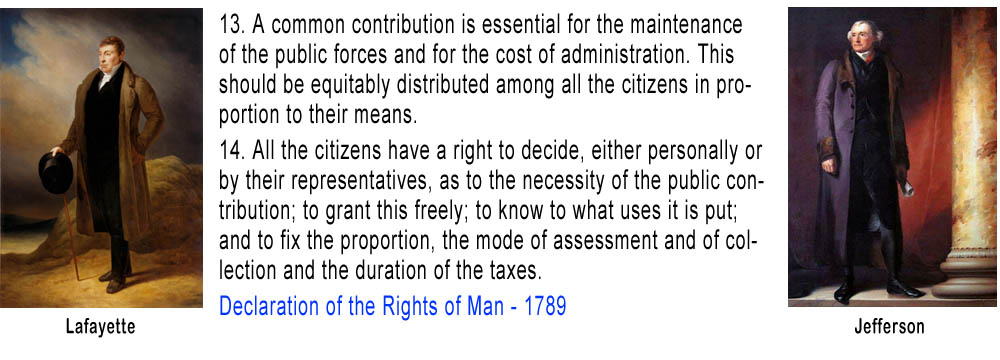
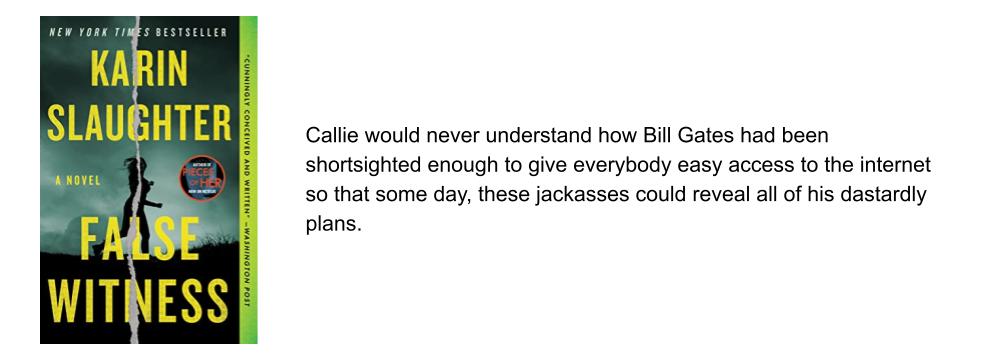
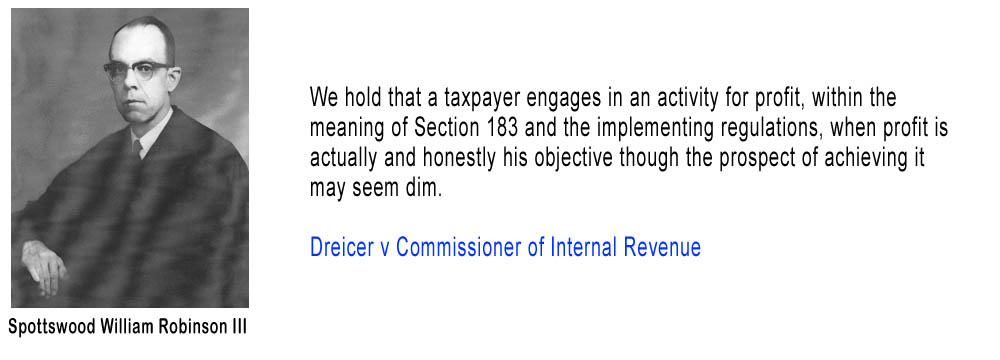
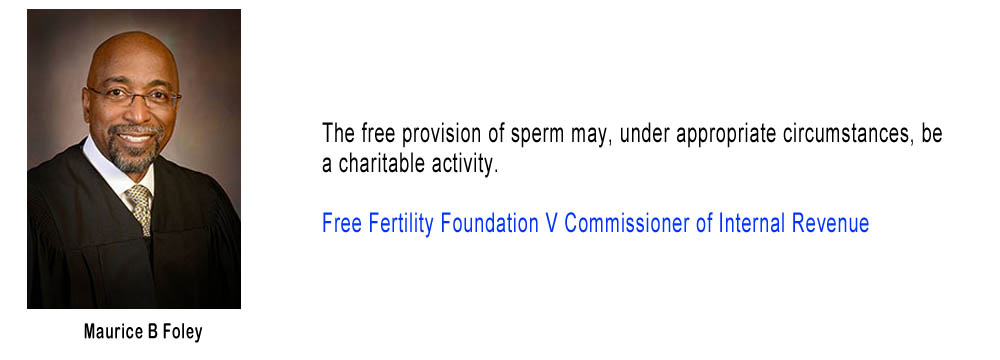
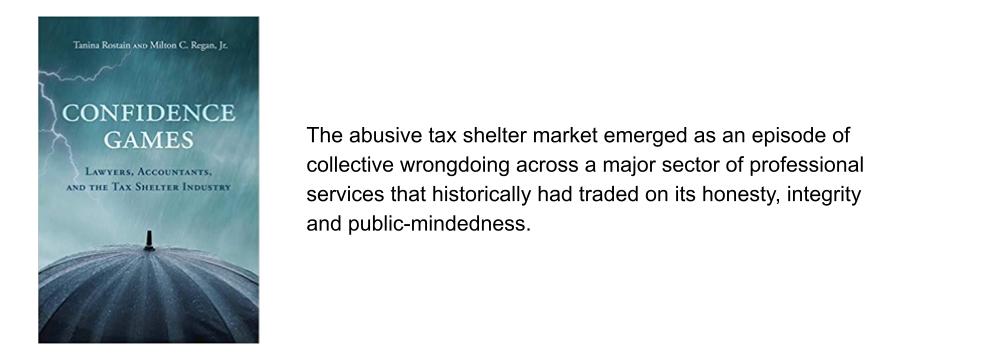
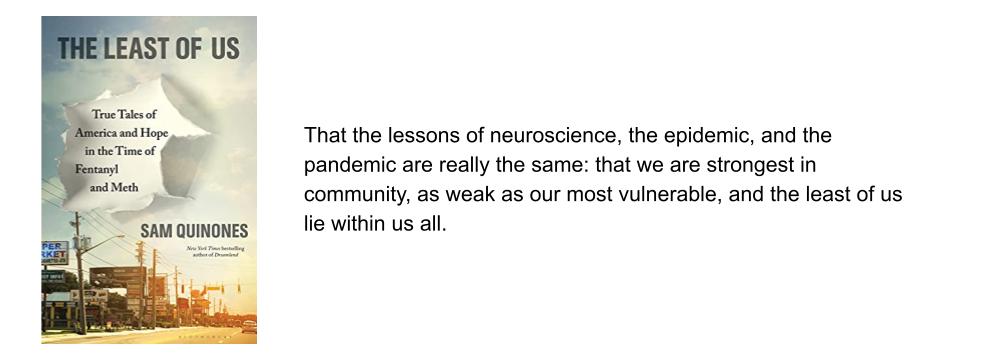
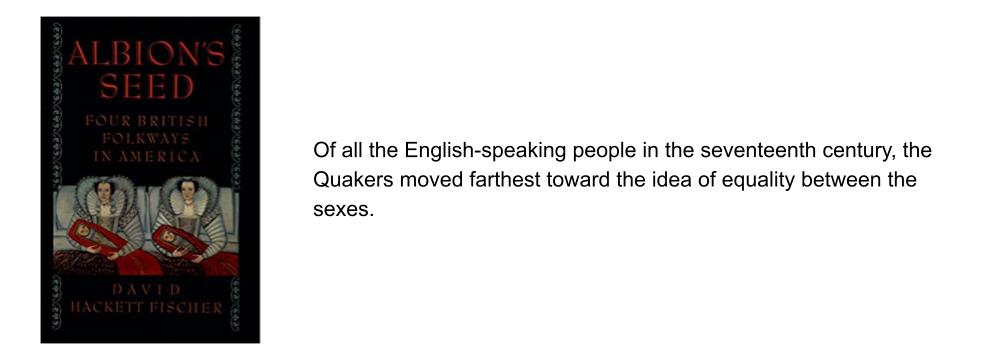
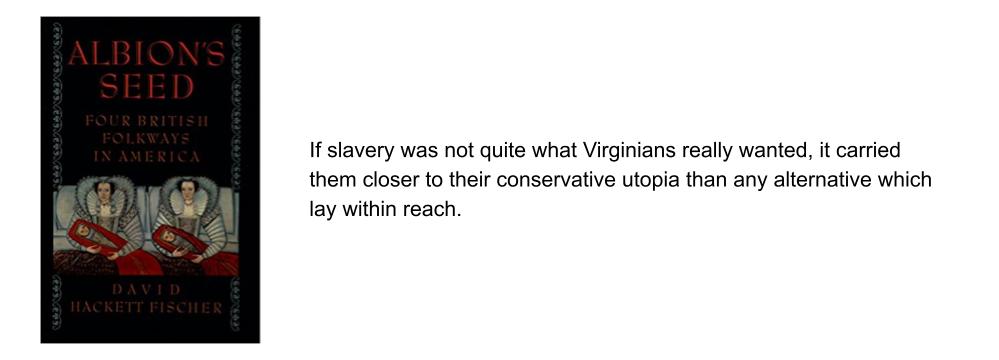
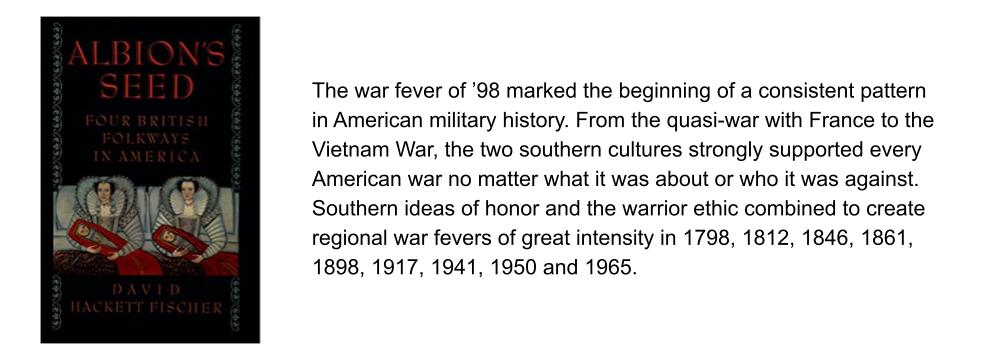
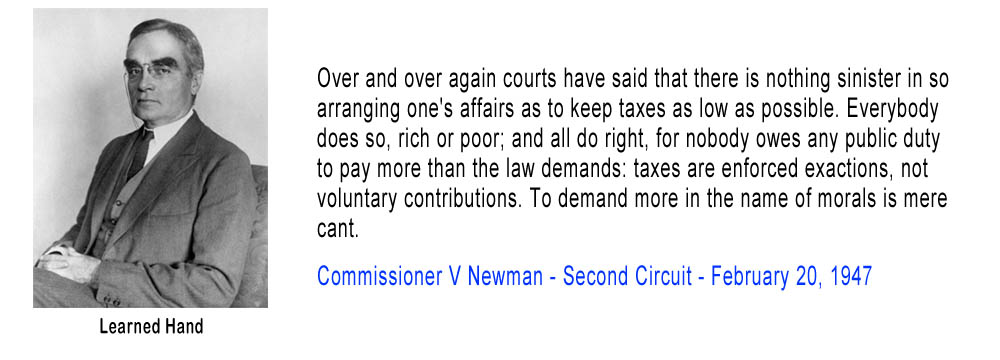
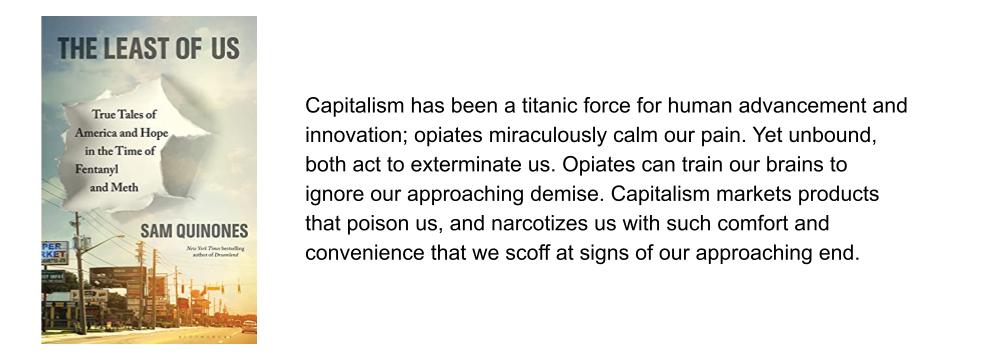
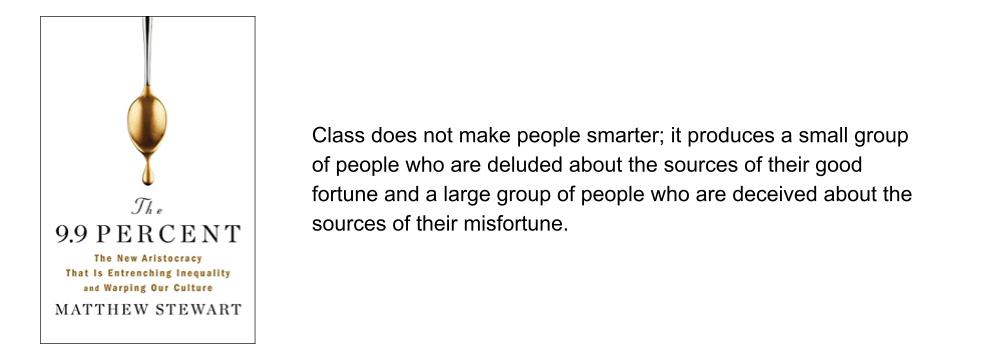
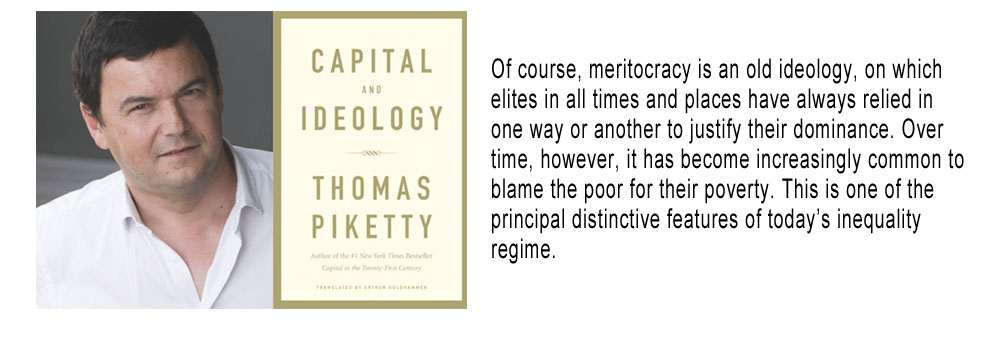
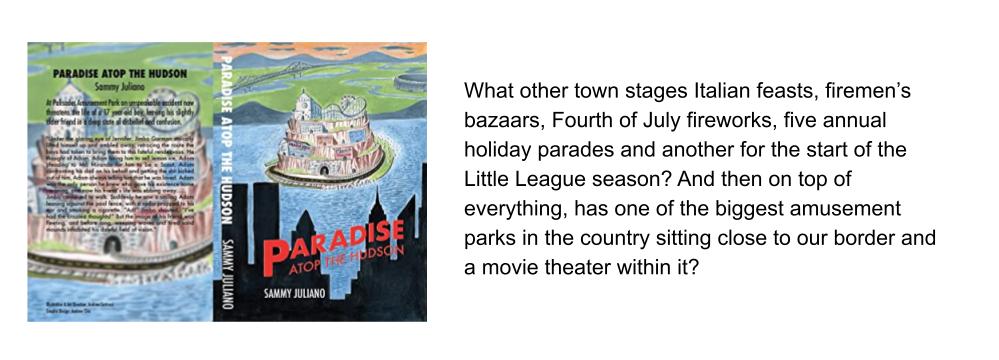
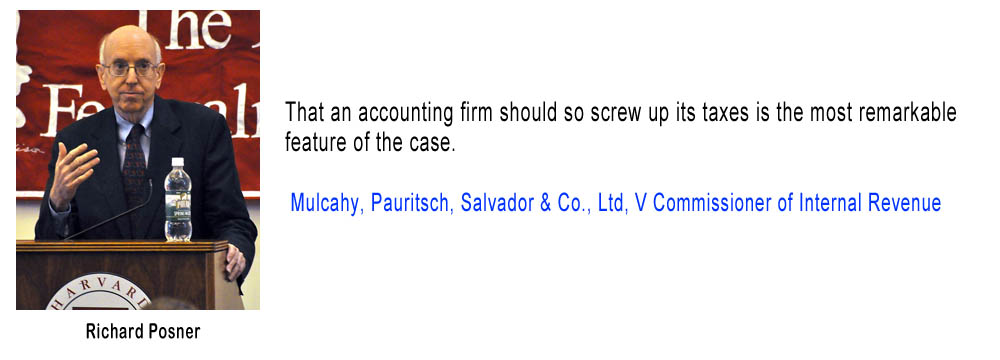
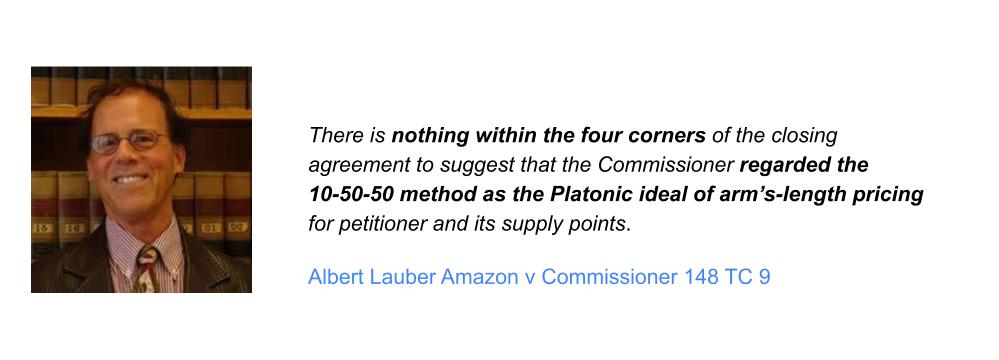
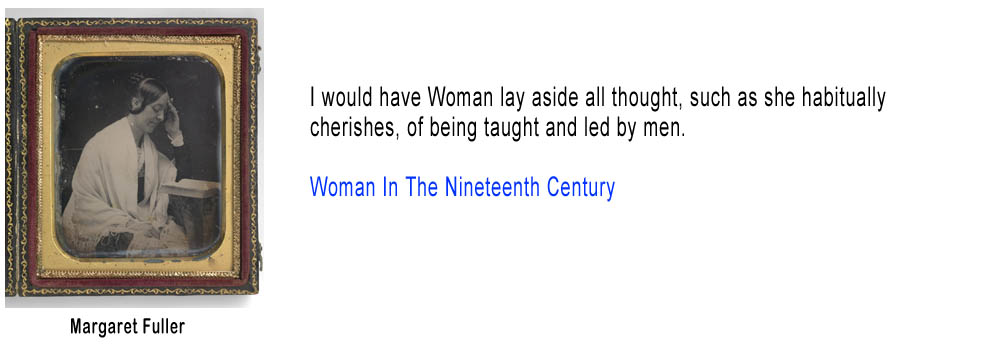
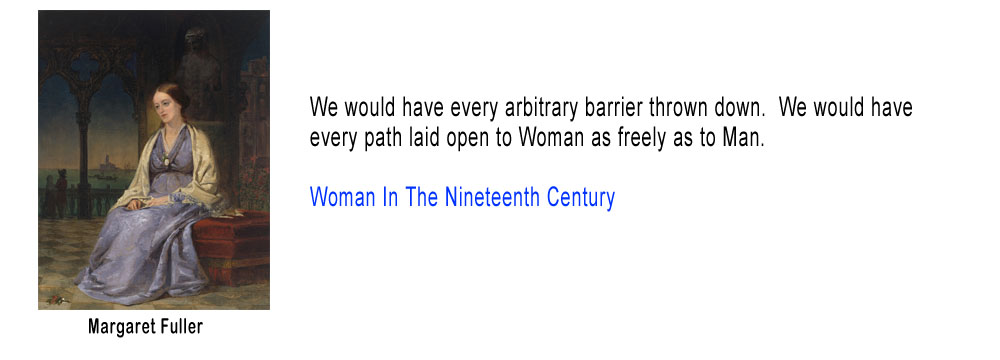
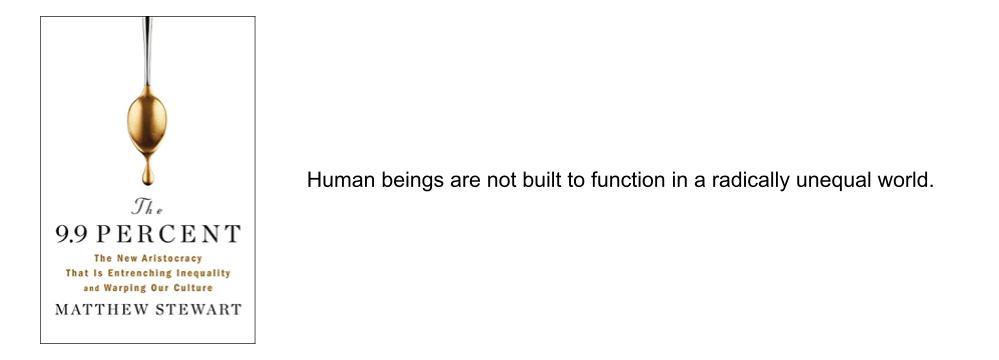
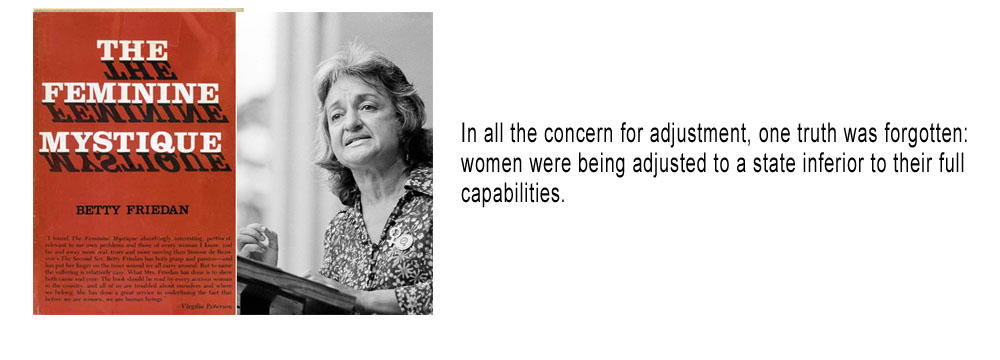
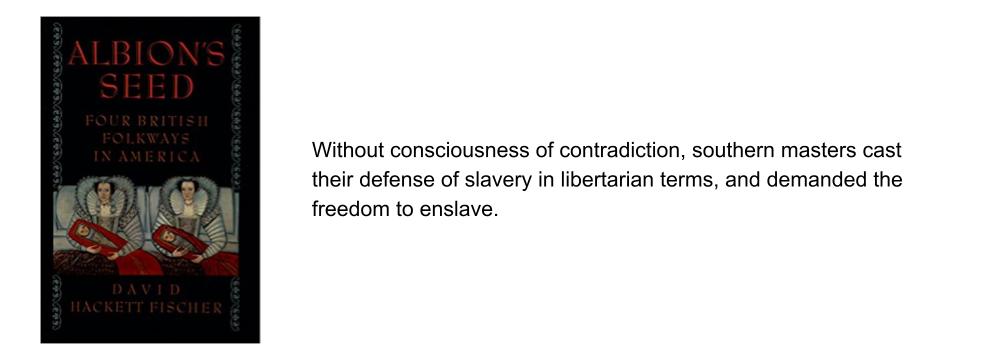
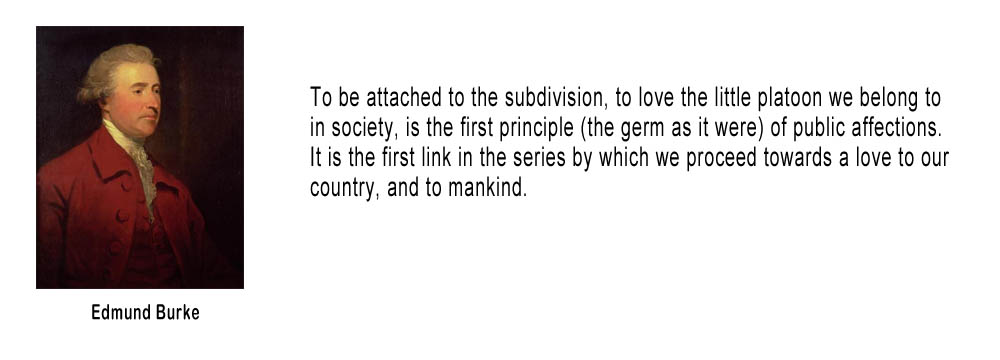
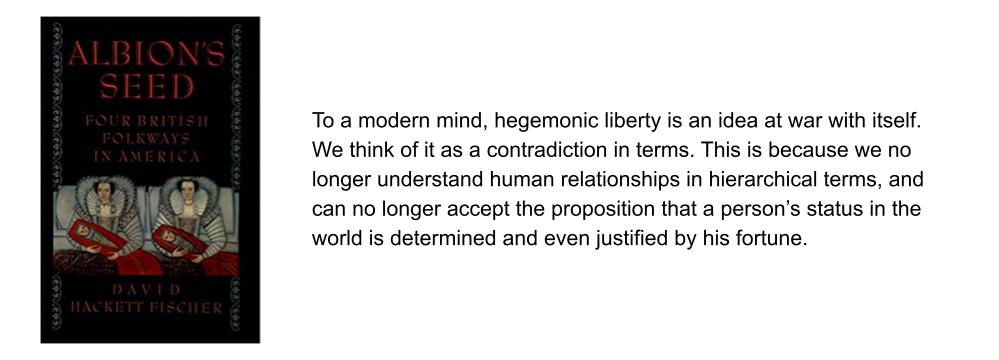
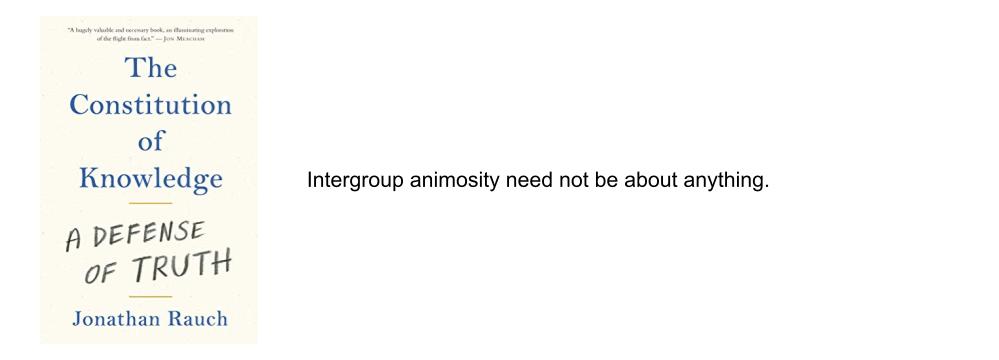
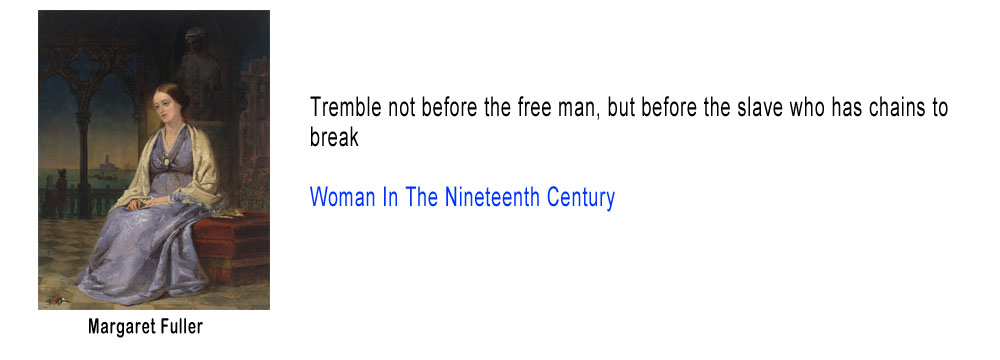
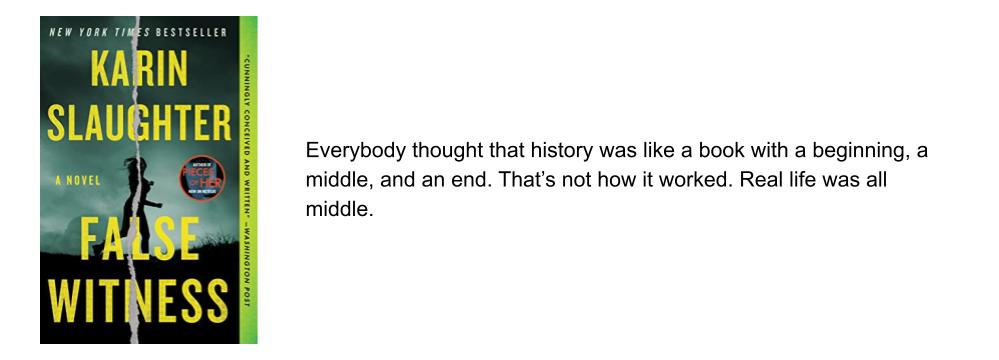
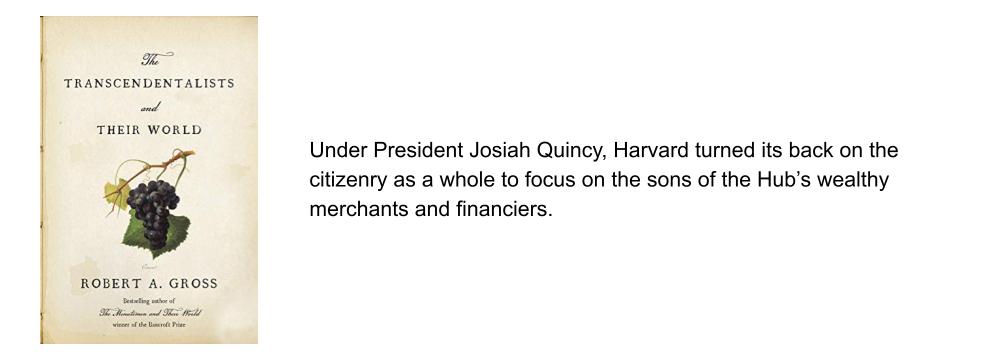
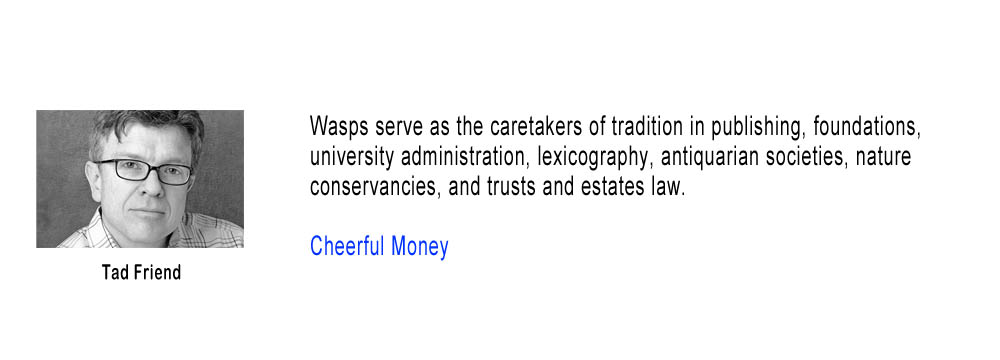
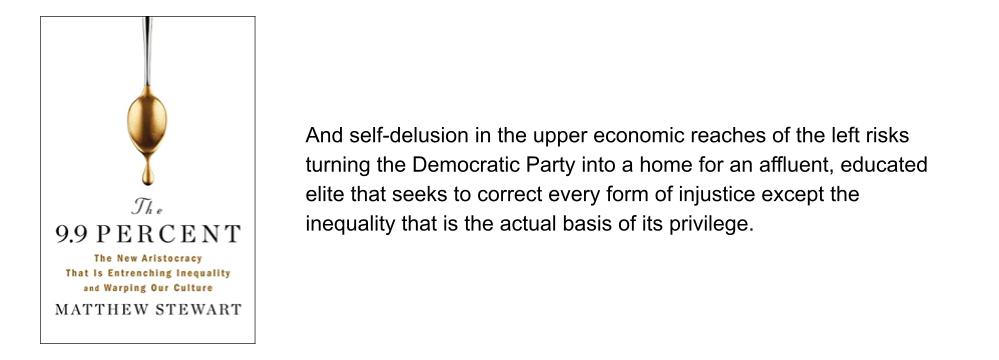
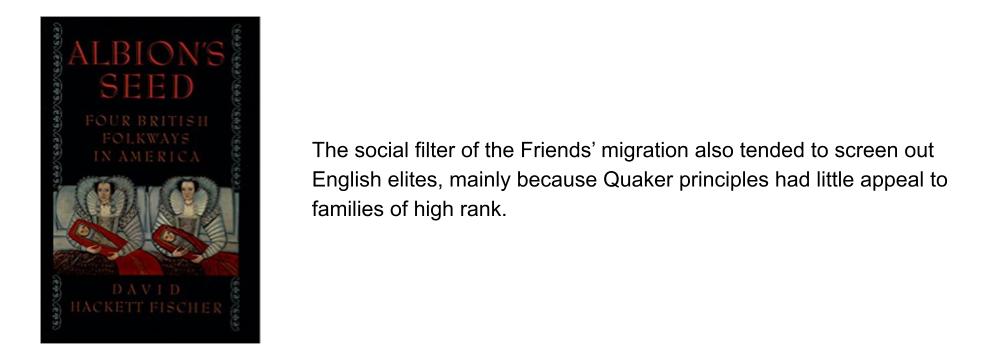
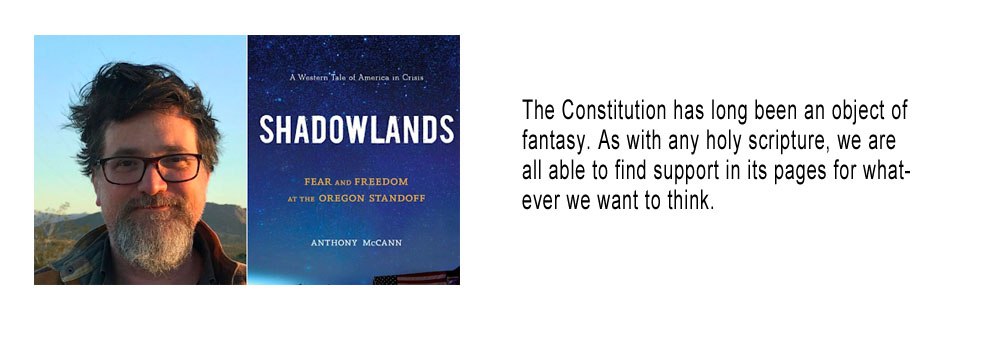
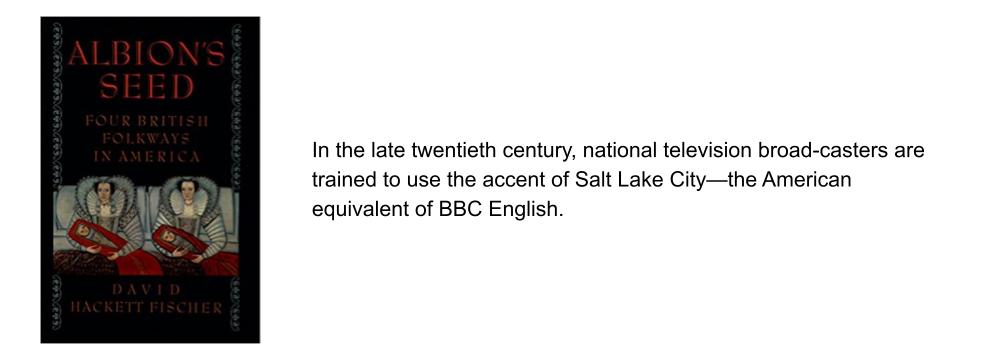
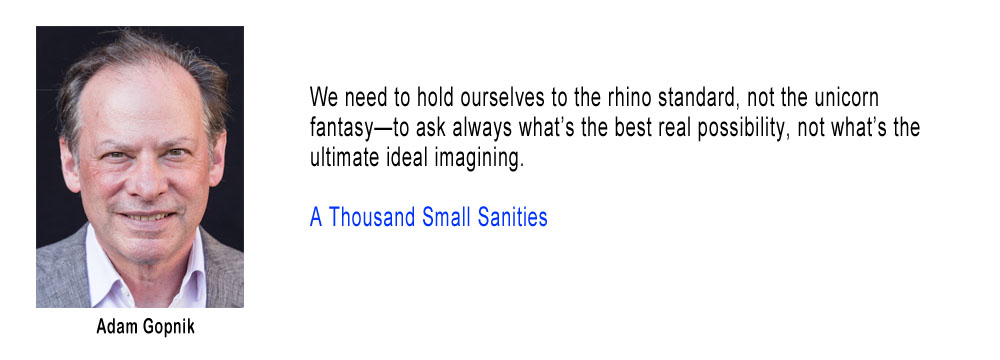
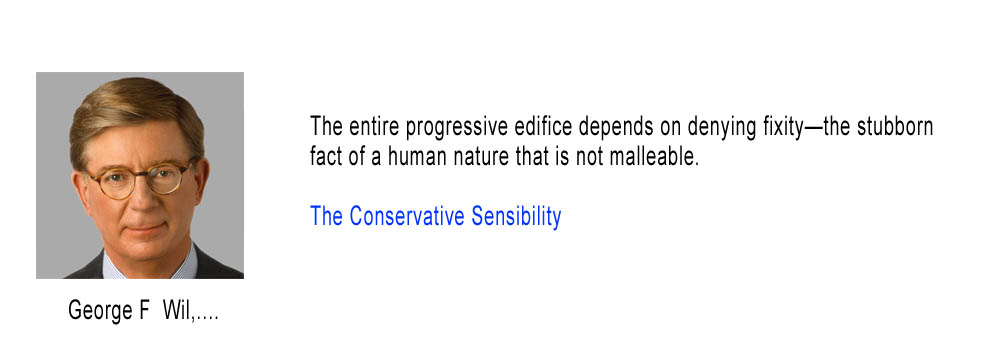
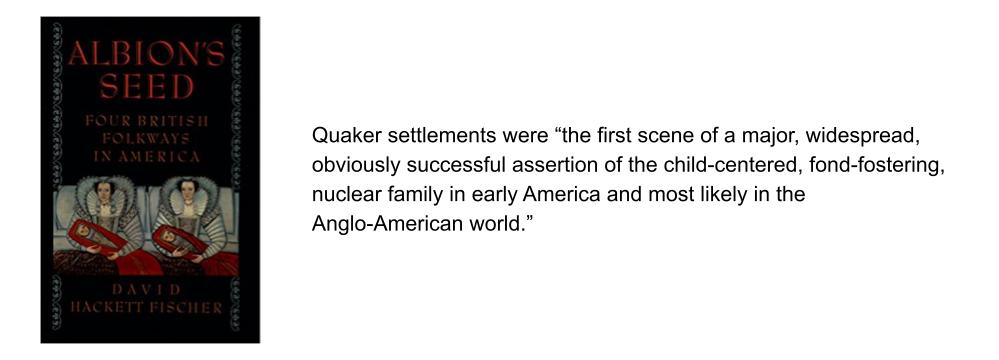
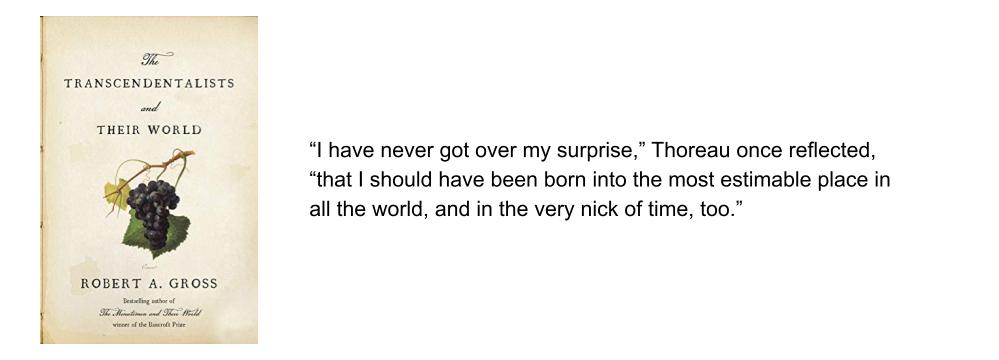
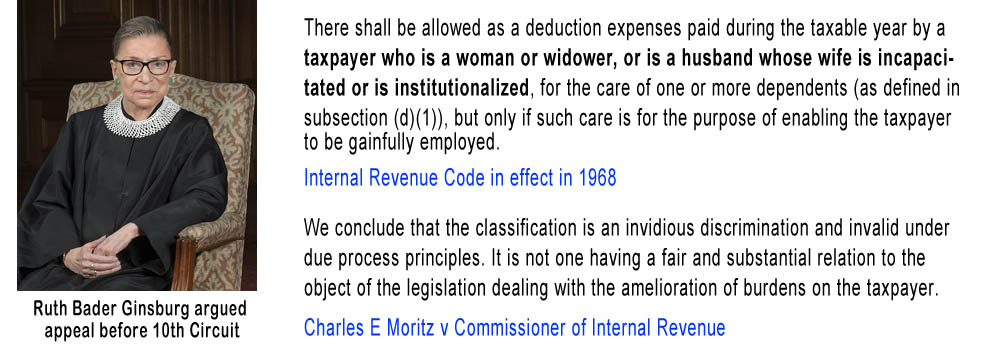
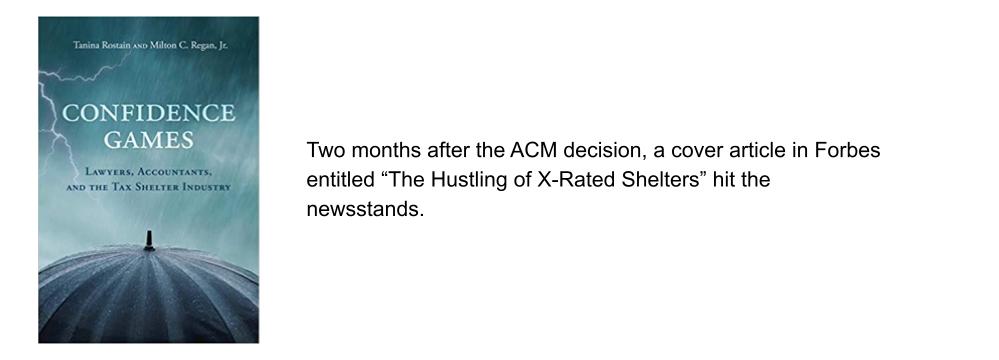
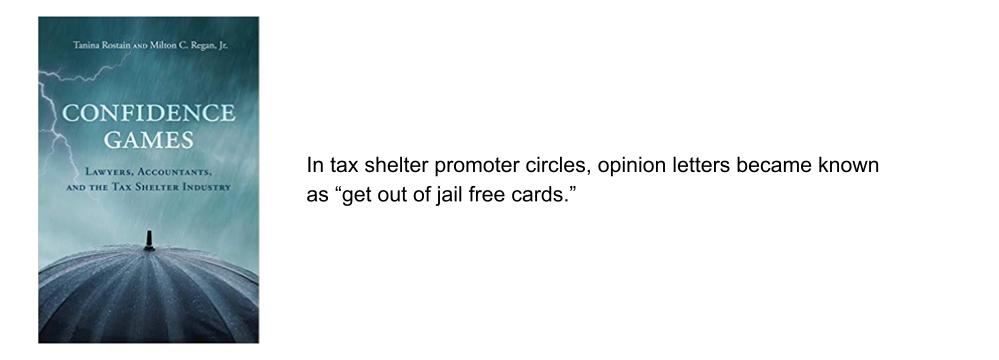
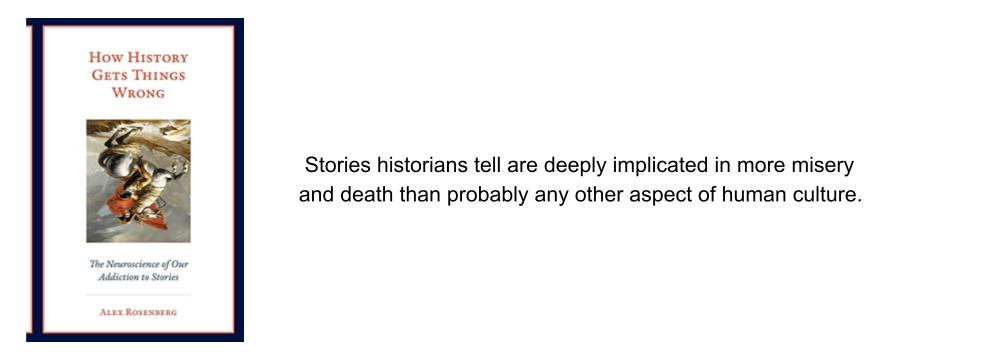
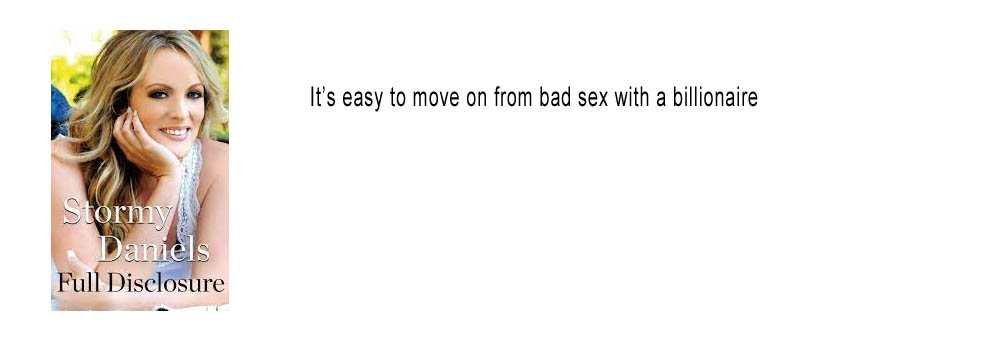
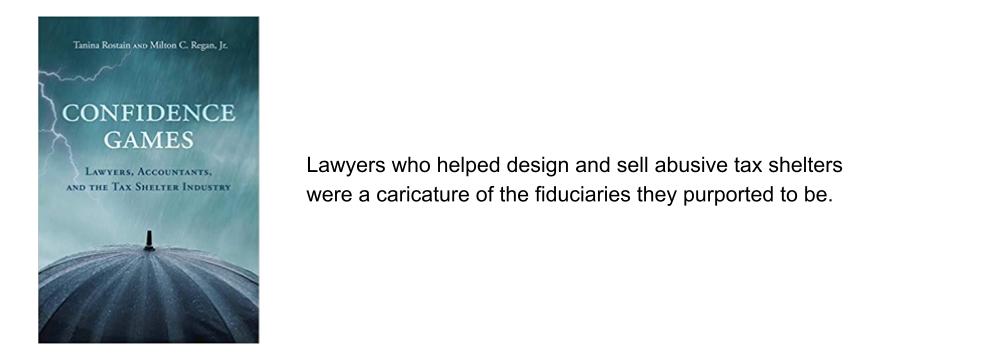
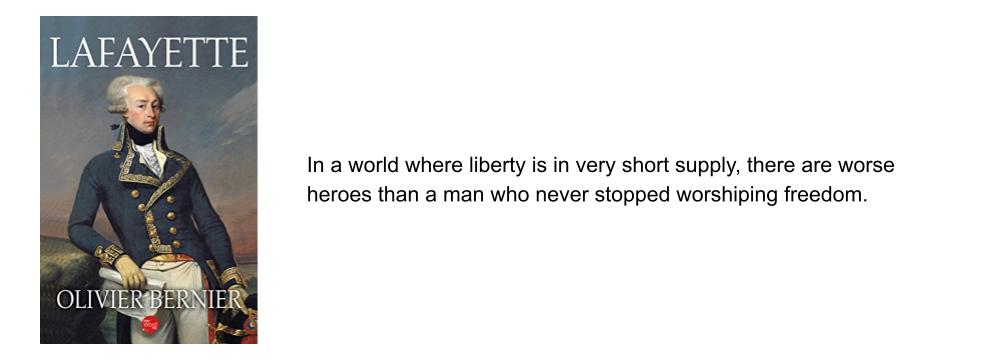
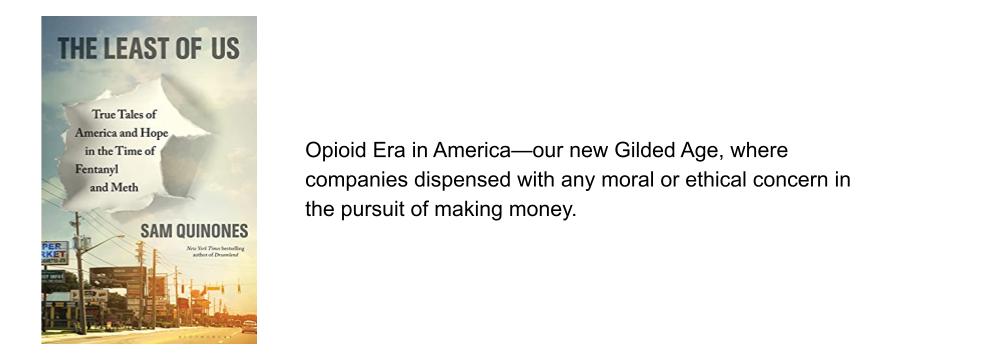
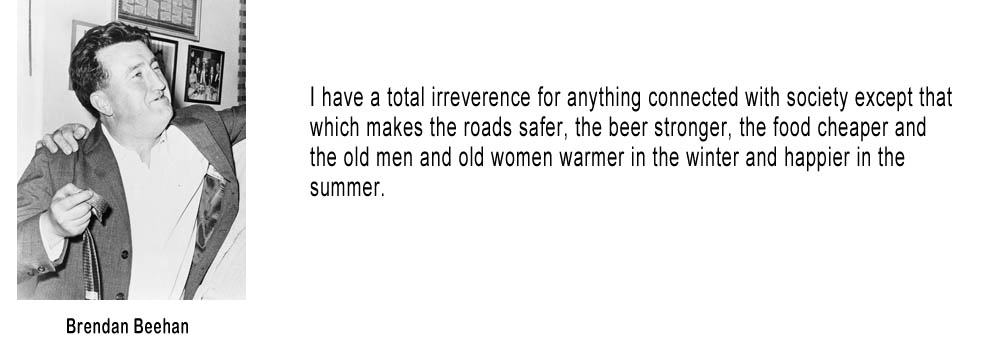
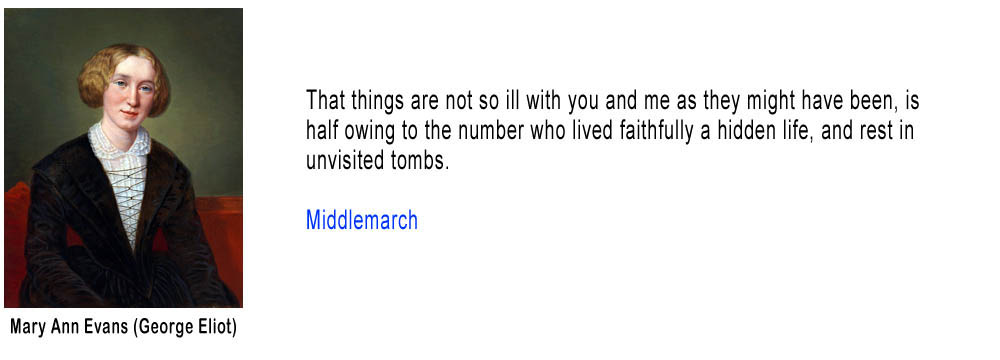
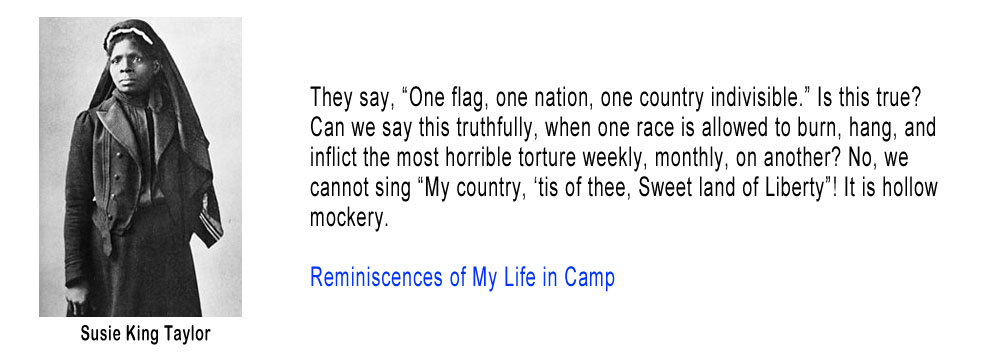
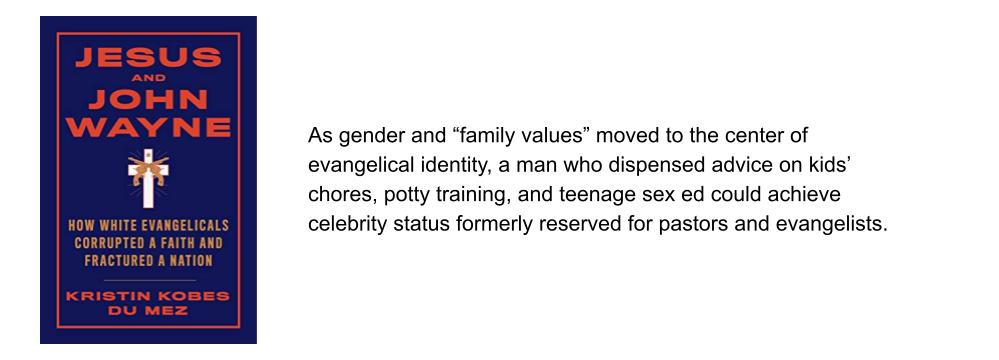
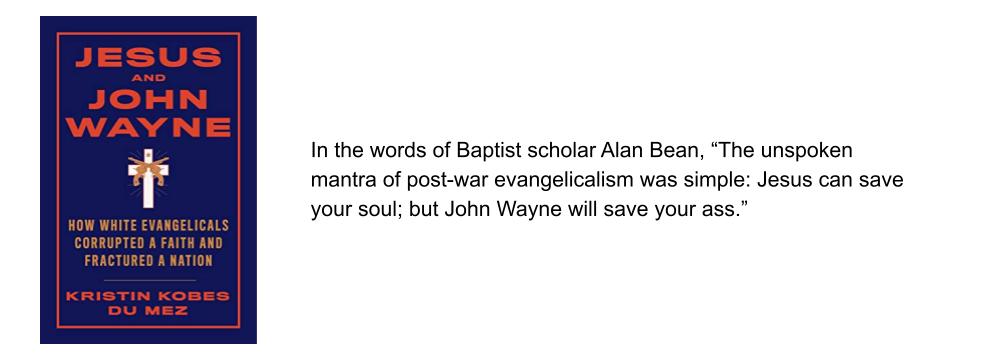
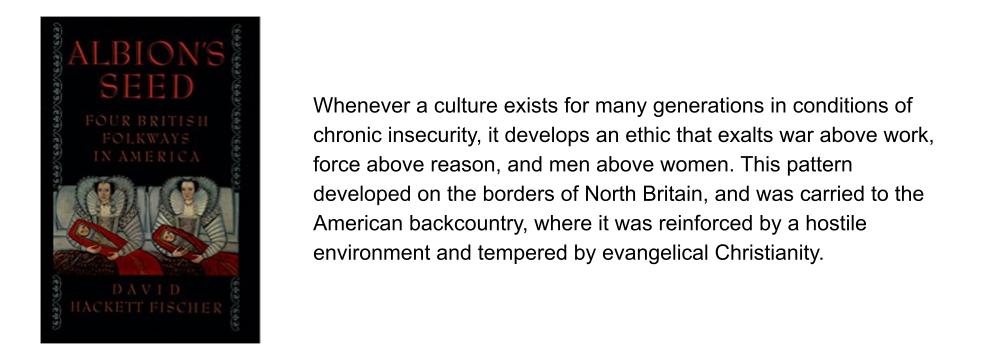
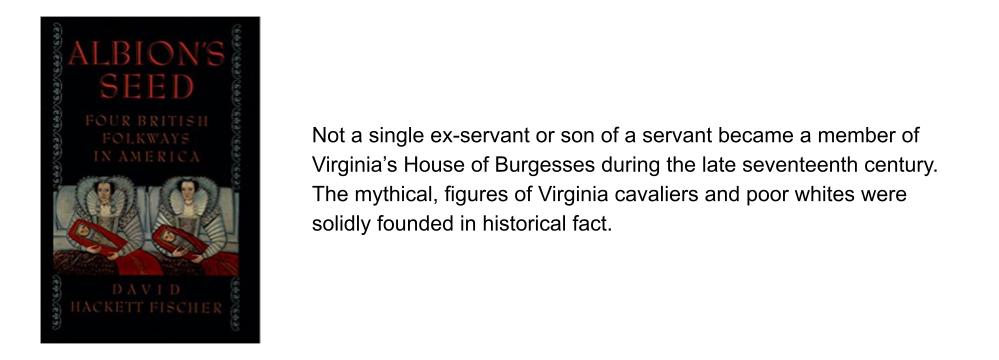
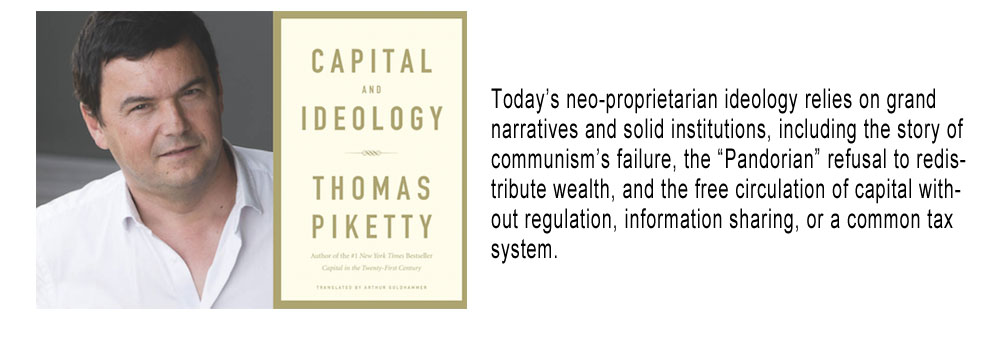
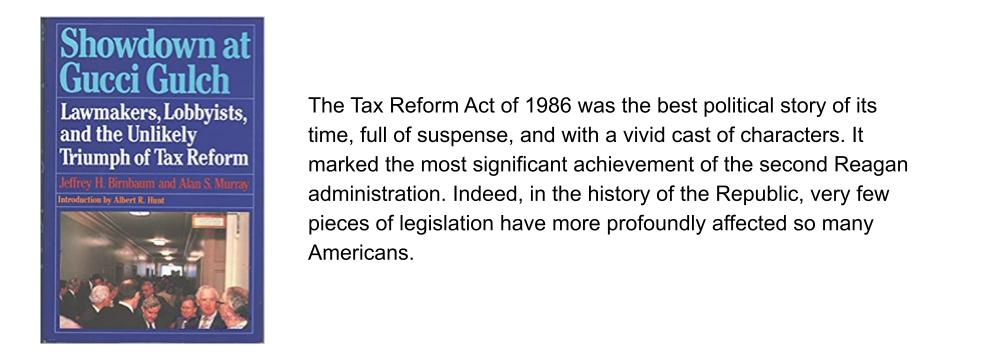
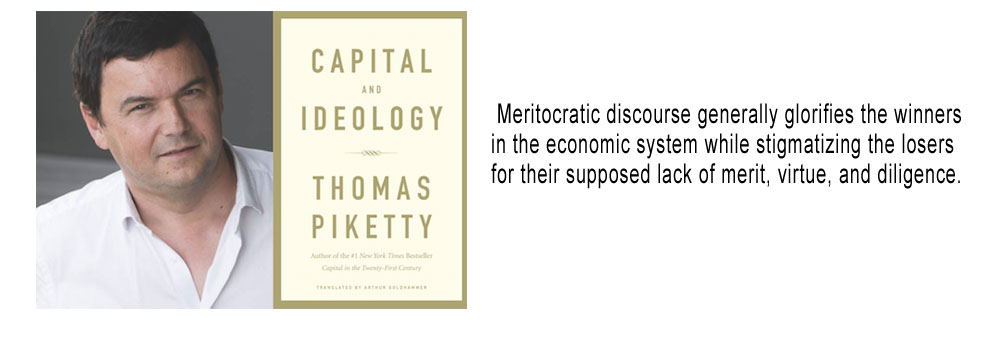
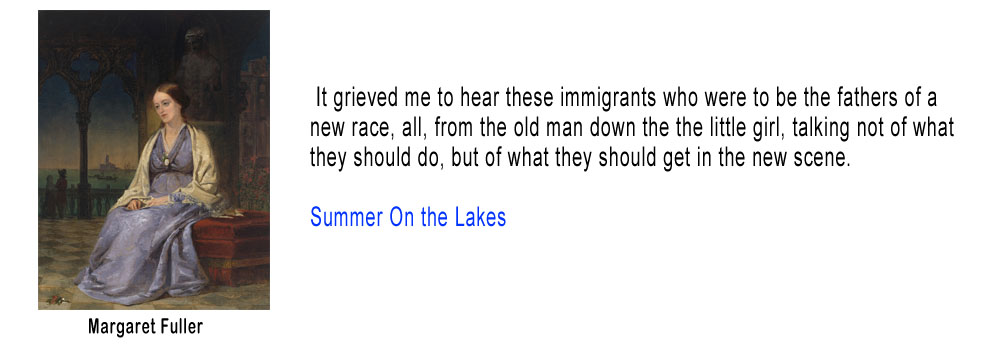
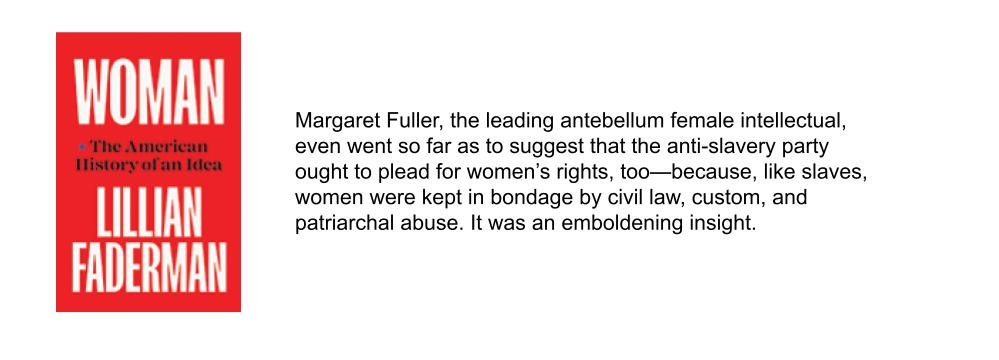
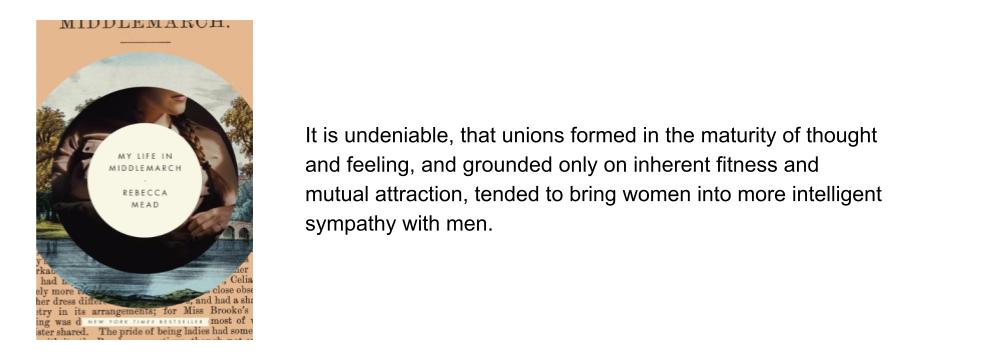
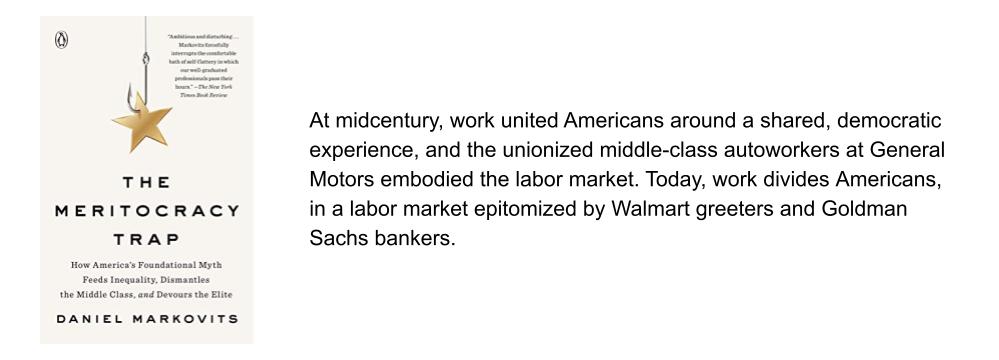
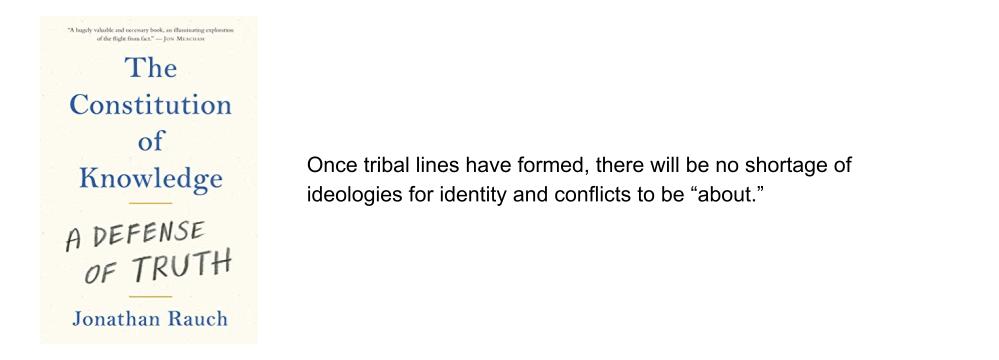
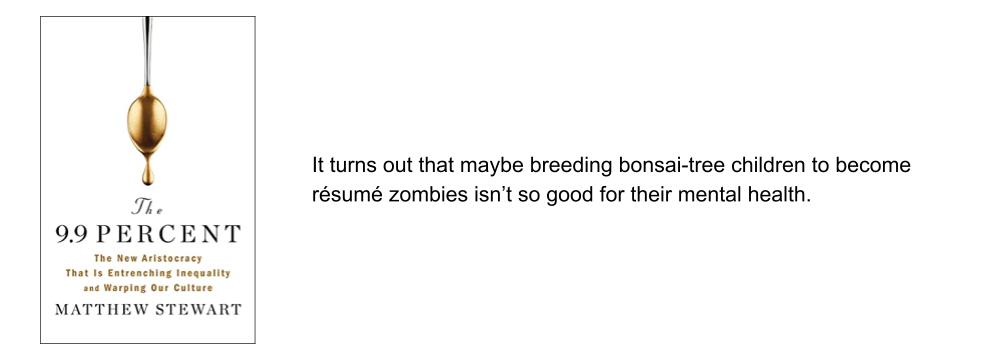
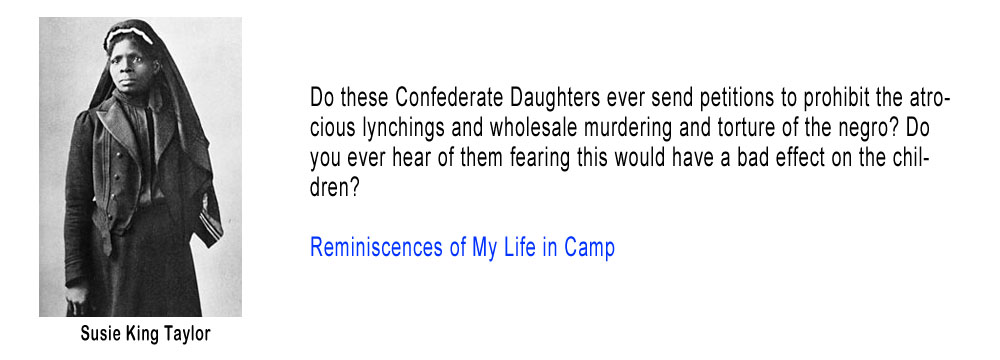
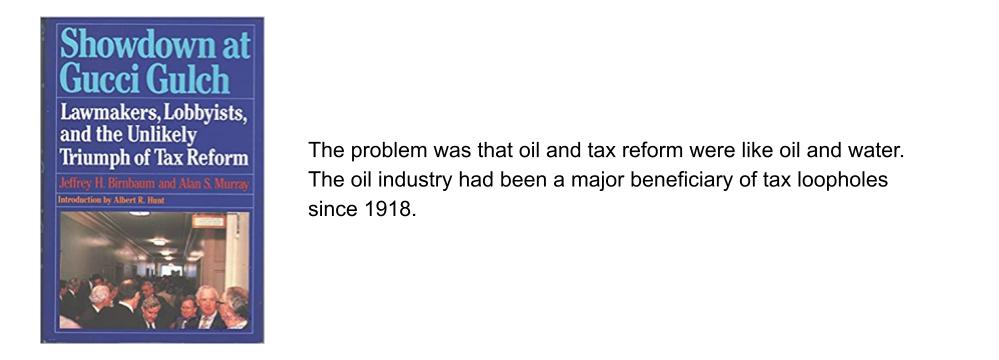
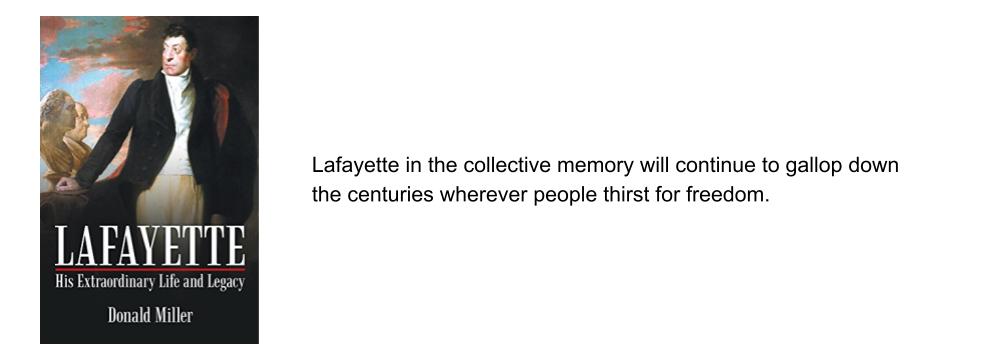
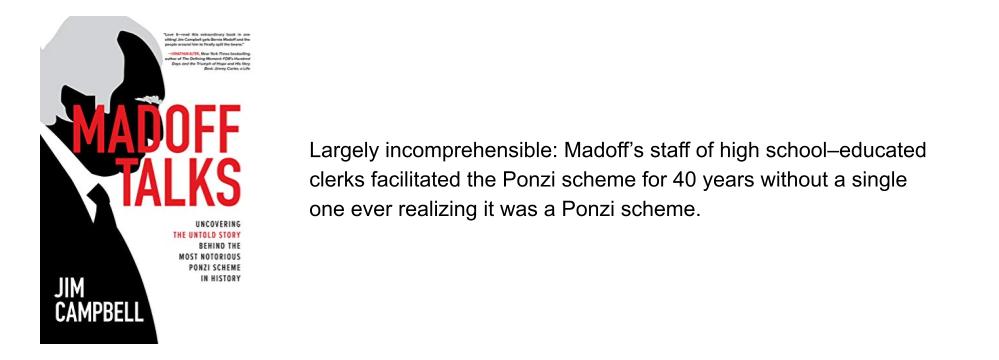
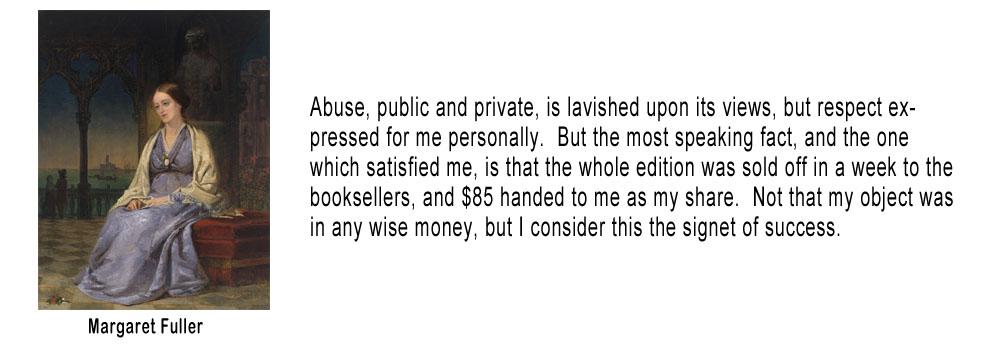
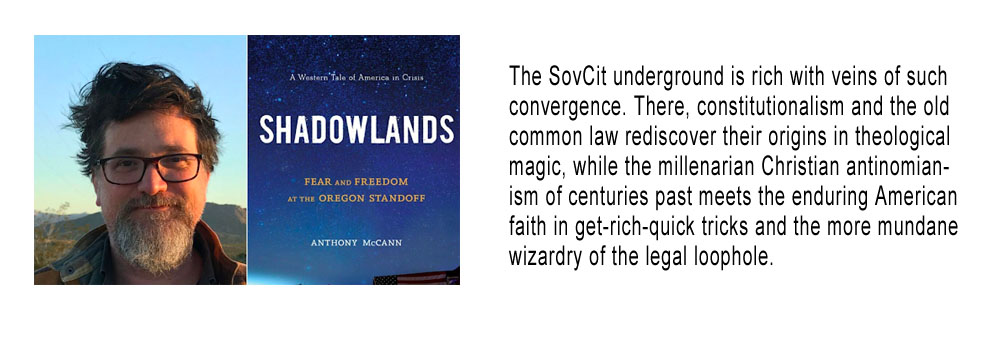
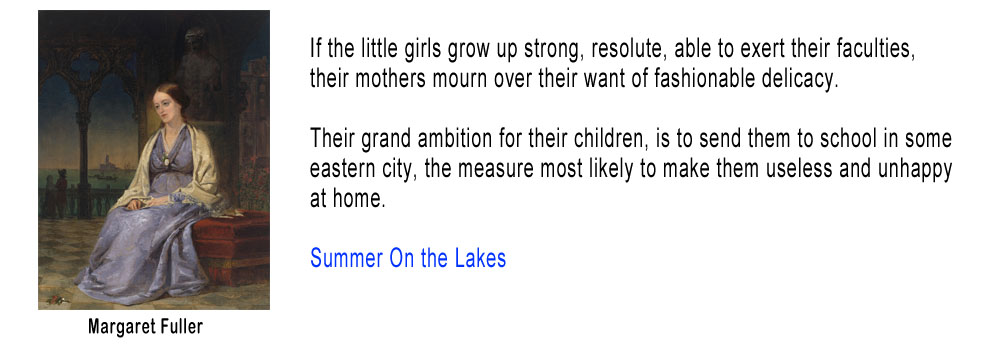
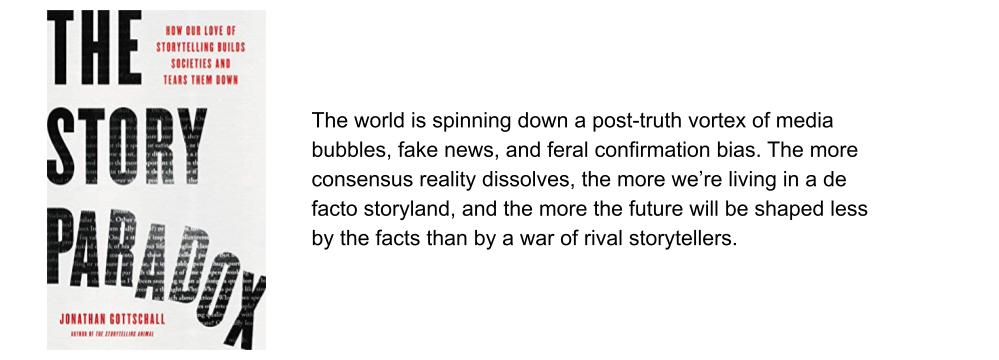
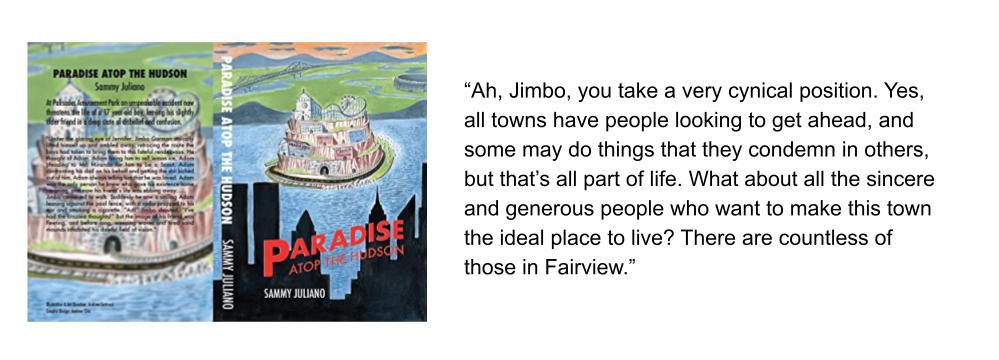
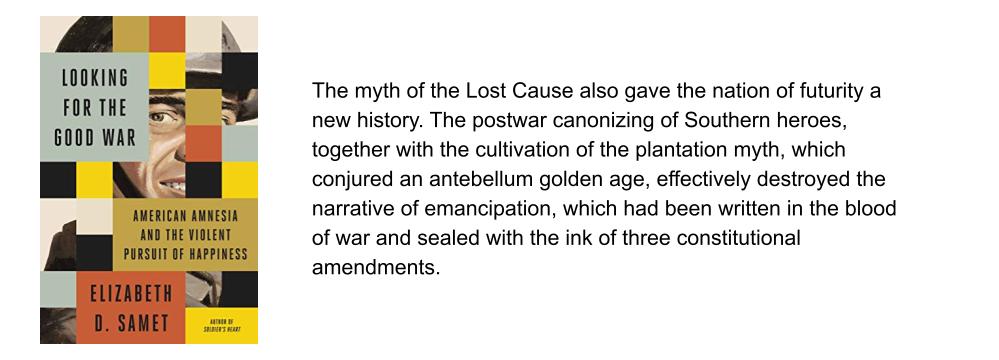
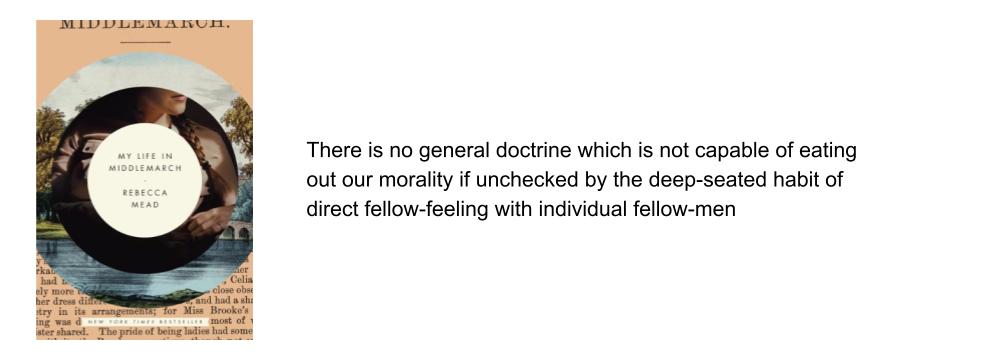
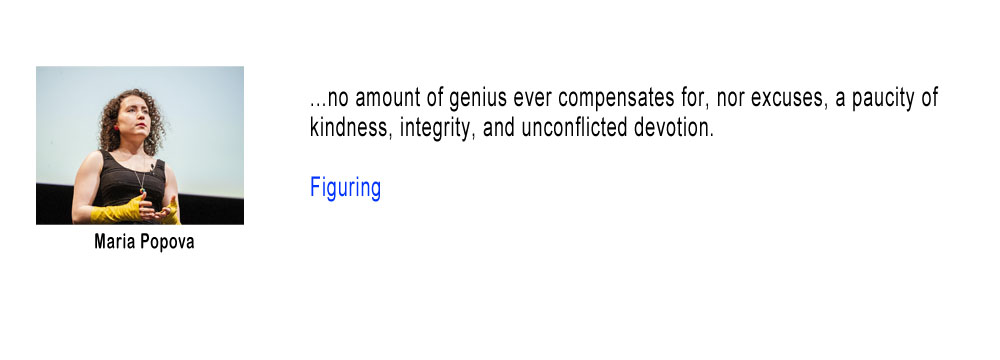
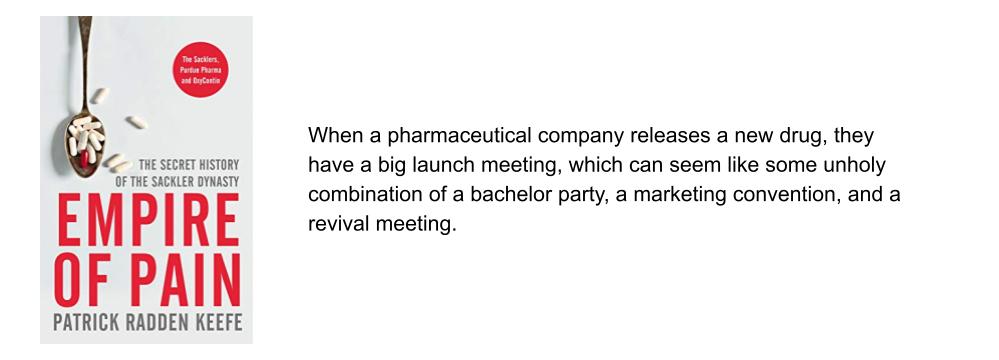
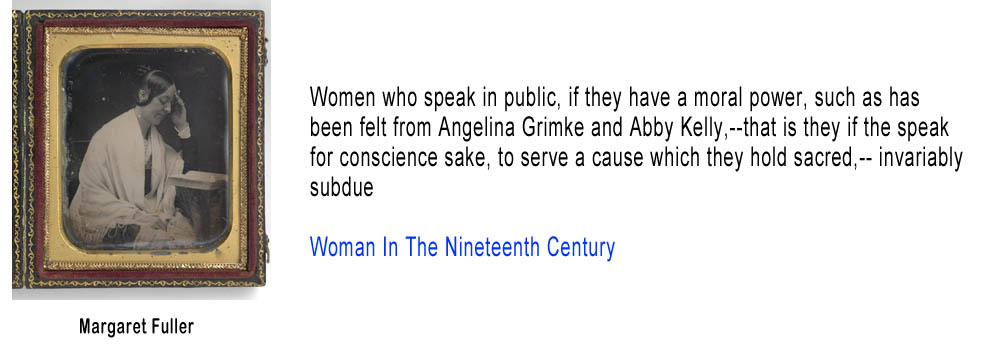
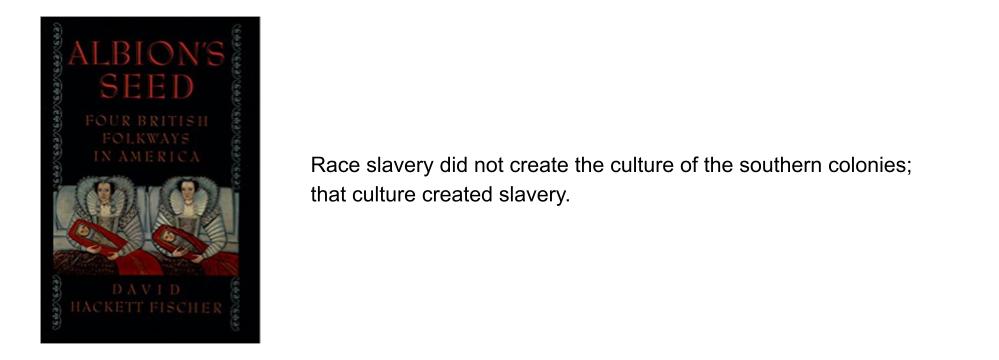
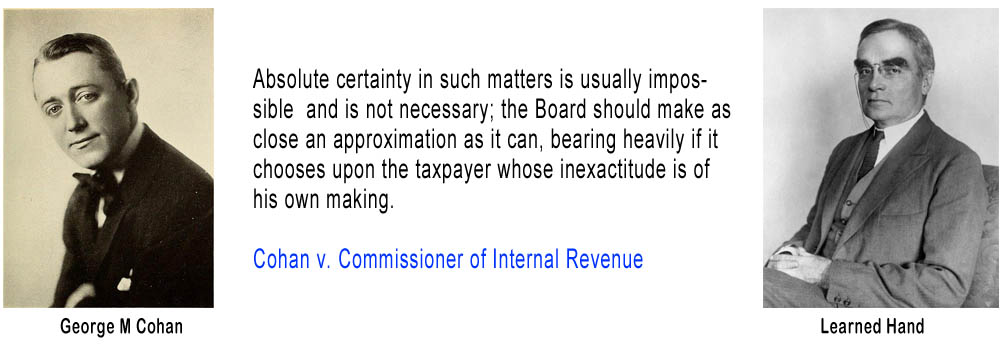
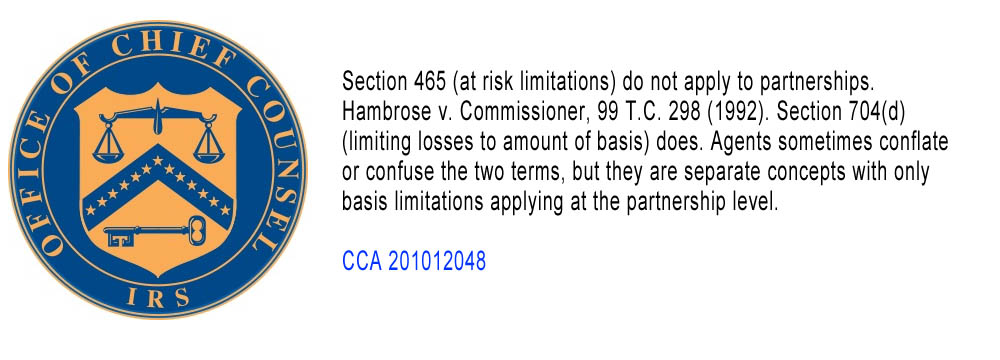
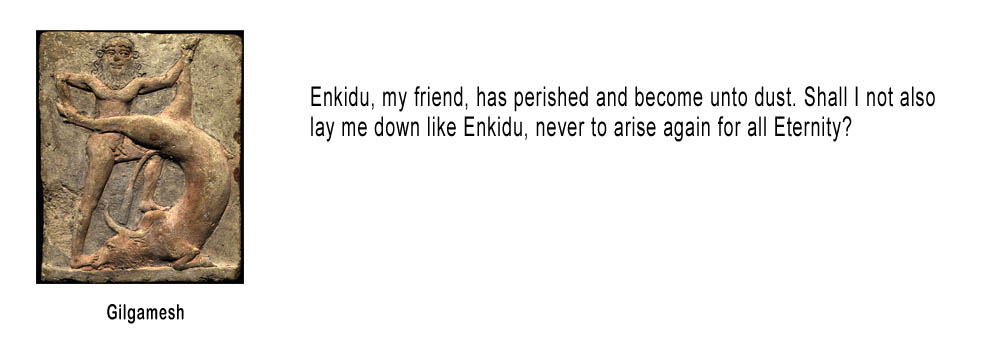
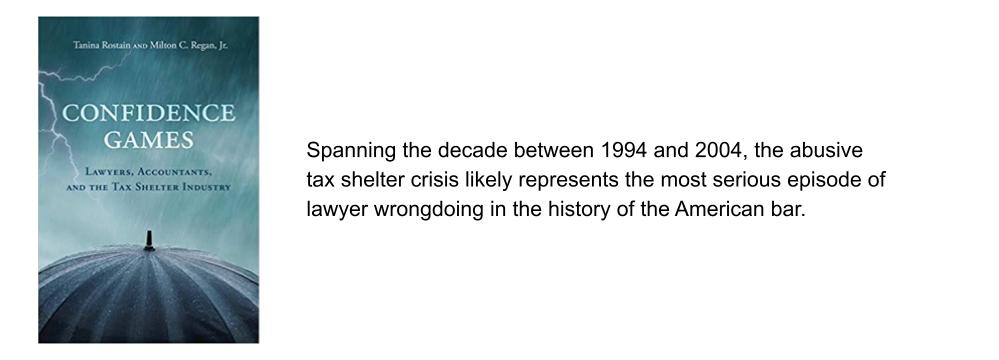
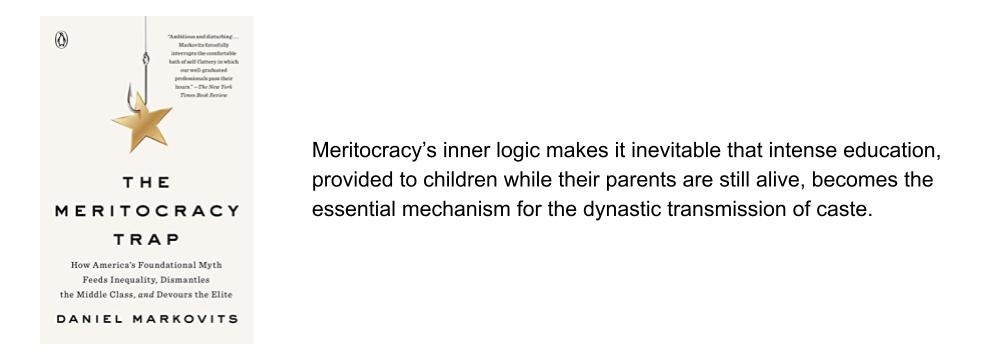
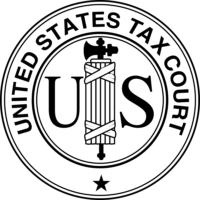
Trackbacks/Pingbacks